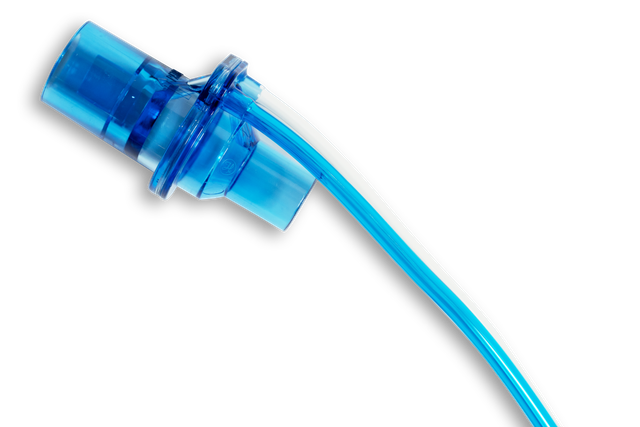
Più vicino: misurazione del flusso prossimale
Il sensore di flusso prossimale è il cuore dei nostri ventilatori fin dal 1983. L'intero processo di ventilazione dipende dalle misurazioni e dall'accuratezza del sensore di flusso, che fornisce dati direttamente dall'imboccatura delle vie aeree.
Conoscere con precisione i dati relativi a volume, flusso e pressione è cruciale per eseguire la diagnosi corretta ed evitare i comuni effetti indesiderati legati all'uso di impostazioni di ventilazione non adeguate. Questi dati sono anche alla base di alcune delle nostre tecnologie più avanzate, come le modalità ASV e INTELLiVENT‑ASV, IntelliSync+ e P/V Tool.

Sulla precisione, niente compromessi: è in gioco la vita dei pazienti
I nostri ventilatori misurano flusso e pressione vicino alle vie aeree del paziente. Alcuni studi hanno evidenziato che occorre determinare i volumi correnti per i pazienti ventilati tramite un sensore di flusso posizionato a livello del tubo endotracheale (

Ne siamo sicuri? Le prove cliniche
Determinare con precisione il volume corrente espirato (VTE) è essenziale (
I vantaggi per i medici:
- Il posizionamento prossimale elimina gli effetti di compliance del circuito paziente sulle misure di flusso e volume (
Cannon ML, Cornell J, Tripp‑Hamel DS, et al. Tidal volumes for ventilated infants should be determined with a pneumotachometer placed at the endotracheal tube. Am J Respir Crit Care Med. 2000;162(6):2109‑2112. doi:10.1164/ajrccm.162.6.99061121 ) - La misurazione del VTE è soggetta a una minore resistenza da parte del sistema respiratorio (
Nève V, Leclerc F, Noizet O, et al. Influence of respiratory system impedance on volume and pressure delivered at the Y piece in ventilated infants. Pediatr Crit Care Med. 2003;4(4):418‑425. doi:10.1097/01.PCC.0000090289.98377.153 ) - Si verificano meno perdite che rischiano di alterare il risultato (
Al‑Majed SI, Thompson JE, Watson KF, Randolph AG. Effect of lung compliance and endotracheal tube leakage on measurement of tidal volume. Crit Care. 2004;8(6):R398‑R402. doi:10.1186/cc29544 )
Il nostro portfolio di sensori di flusso
Mettiamo a disposizione prodotti di consumo Hamilton Medical per pazienti adulti, pediatrici e neonatali. È possibile scegliere tra prodotti riutilizzabili e monouso, a seconda delle procedure stabilite dalla struttura sanitaria.
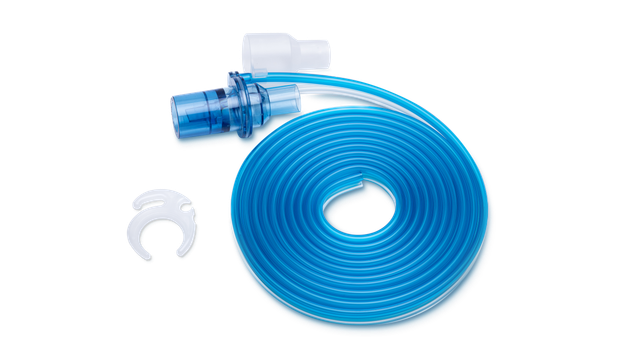
Sensore di flusso prossimale monouso per pazienti adulti/pediatrici
- Tubo disponibile in tre diverse lunghezze 188, 260 e 330 cm
- D.E. 22/D.I. 15, lato paziente
- Adattatore per la calibrazione
- Clip per il fissaggio dei tubi
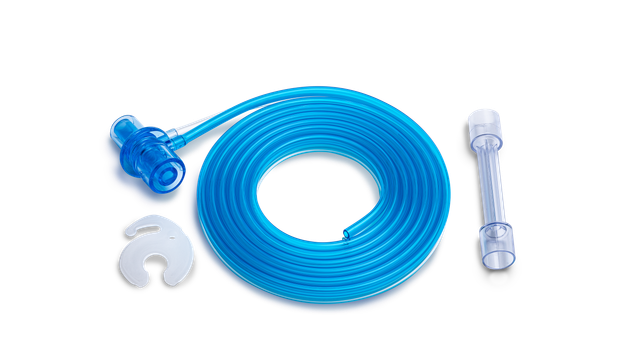
Sensore di flusso prossimale monouso per pazienti neonatali
- Tubo disponibile in tre diverse lunghezze 160, 188 e 310 cm
- D.I. 15, lato paziente
- Adattatore per la calibrazione
- Clip per il fissaggio dei tubi
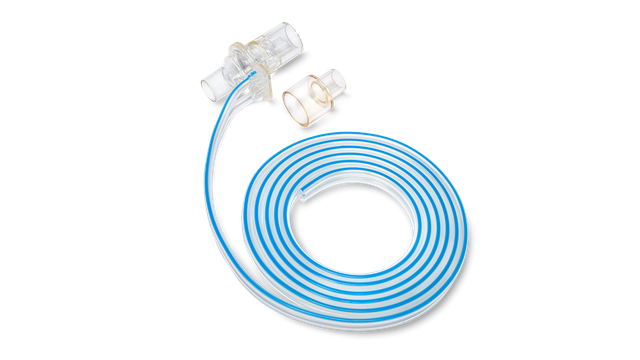
Sensore di flusso prossimale riutilizzabile per pazienti adulti/pediatrici
- Lunghezza del tubo: 188 cm
- D.E. 22/D.I. 15, lato paziente
- Adattatore per la calibrazione
- Fascette per il fissaggio dei tubi

Cosa dicono i clienti
I sensori di flusso monouso di Hamilton Medical ci aiutano a evitare contaminazioni crociate, poiché non dobbiamo preoccuparci di riutilizzare il sensore di flusso su un altro paziente.
Dr. Robert Lopez
Direttore reparto di Pneumologia fino al 2018
Centro medico universitario, Lubbock, Texas, USA
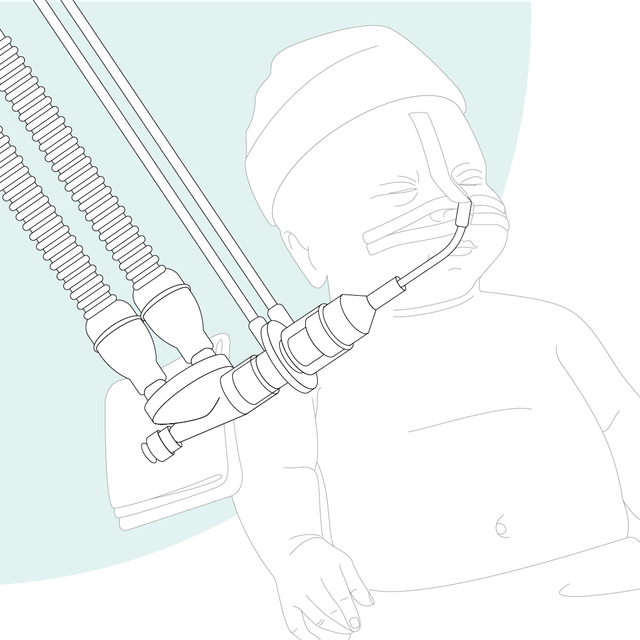
Buono a sapersi! Come utilizzare correttamente il sensore di flusso
Per ulteriori informazioni
Flow sensor technical specifications
Tidal volumes for ventilated patients should be determined at the endotracheal tube
Reprocessing Guide Flow sensor
Instructions for use adult/pediatric, flow sensor, single use
Bibliografia
- 1. Cannon ML, Cornell J, Tripp‑Hamel DS, et al. Tidal volumes for ventilated infants should be determined with a pneumotachometer placed at the endotracheal tube. Am J Respir Crit Care Med. 2000;162(6):2109‑2112. doi:10.1164/ajrccm.162.6.9906112
- 2. Gammage, Gary W.; Banner, Michael J.; Blanch, Paul B.; Kirby, Robert R. VENTILATOR DISPLAYED TIDAL VOLUME‑WHAT YOU SEE MAY NOT BE WHAT YOU GET, Critical Care Medicine: April 1988 ‑ Volume 16 ‑ Issue 4 ‑ p 454
- 3. Nève V, Leclerc F, Noizet O, et al. Influence of respiratory system impedance on volume and pressure delivered at the Y piece in ventilated infants. Pediatr Crit Care Med. 2003;4(4):418‑425. doi:10.1097/01.PCC.0000090289.98377.15
- 4. Al‑Majed SI, Thompson JE, Watson KF, Randolph AG. Effect of lung compliance and endotracheal tube leakage on measurement of tidal volume. Crit Care. 2004;8(6):R398‑R402. doi:10.1186/cc2954





